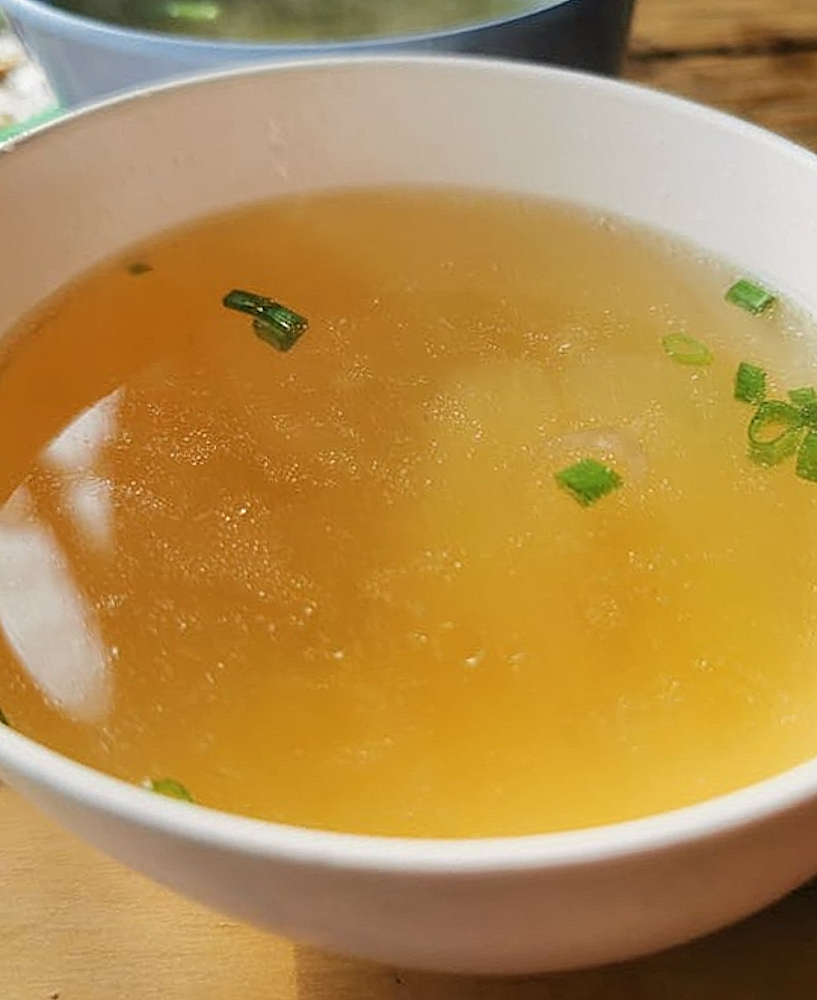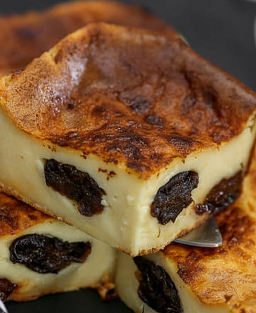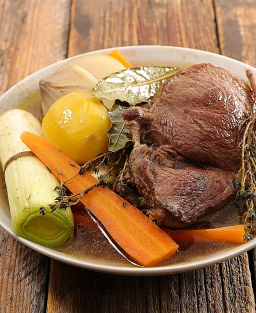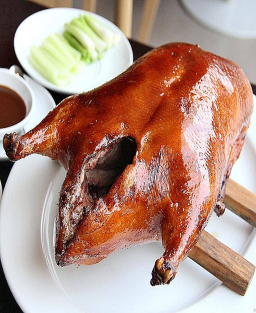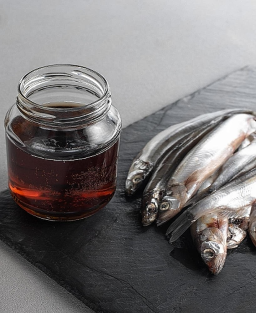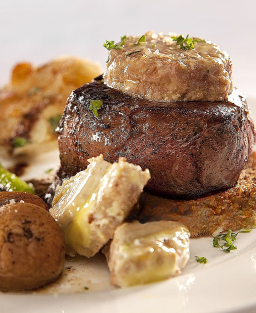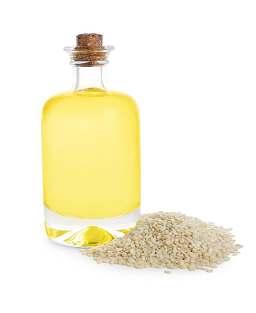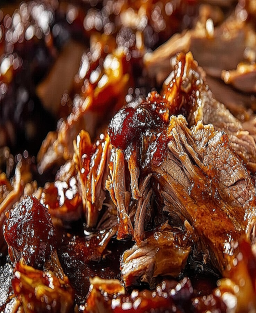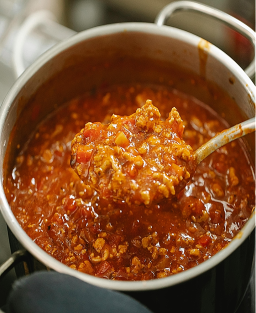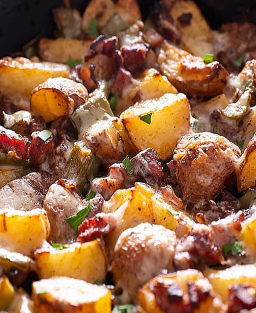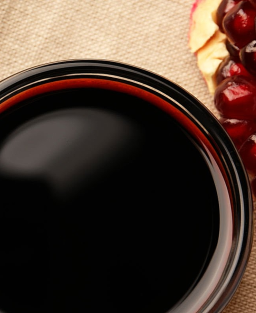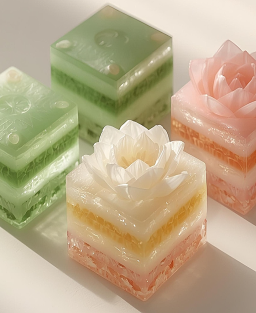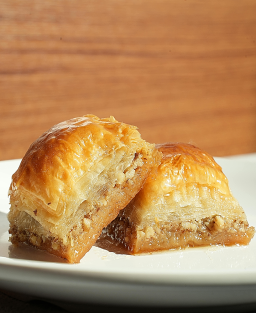Vedic Ayurvedic Broth – Vital Energy (Ojas) Strengthening
Vedic Ayurvedic Broth – Vital Energy (Ojas) Strengthening
Country / Region
-
Country: India
-
Region: Pan-India (recipe used throughout India, with regional variations based on climate and available herbs)
-
Official Status: Oral tradition, integrated in Ayurveda
-
Recipe Originator: Oral transmission via classical Ayurvedic texts (Charaka Samhita, Sushruta Samhita)
-
Standards: Not officially codified, based on the principles of Vata, Pitta, and Kapha and body tonification
-
Certification Body: None
History and Context
The Vedic Ayurvedic broth or decoction originates from the ancient Ayurvedic texts (Charaka Samhita, Sushruta Samhita, approximately 500 BCE–500 CE). These preparations were used to:
-
Strengthen vital energy (Ojas) and support the immune system
-
Enhance digestive health and balance the doshas (Vata, Pitta, Kapha)
-
Prevent and treat seasonal illnesses, fatigue, and weakness
In ancient monasteries and royal palaces, physicians (Vaidyas) prepared these broths for the royal family or monks during long winters and fasting periods. Each region of India developed its variant according to local herbs, roots, and spices. The core principle remains the same: a light but nourishing broth, energetically balanced and beneficial for daily health.
Legends and Anecdotes
-
The Maharaja’s Vaidya
पुरानी कहावत है कि महाराज के महल में वैद्य ने रोगों से बचाने और शक्ति बढ़ाने के लिए विशेष जड़ी-बूटियों का रस तैयार किया।
In the old palace, it is said that a Vaidya prepared a special herb broth to protect the Maharaja from illnesses and enhance his vitality. -
Monks’ Medicinal Practice
अयोध्या के मठों में साधु लंबे ध्यान और उपवास के समय ऊर्जा बनाए रखने के लिए औषधीय सूप पीते थे।
In the monasteries of Ayodhya, monks consumed medicinal soups to maintain their energy during long meditations and fasting periods. -
Village Tradition
ग्रामीण क्षेत्रों में गरीब परिवार भी उपलब्ध जड़ी-बूटियों से शरीर को गर्म रखने वाला सूप बनाते थे, जिसे “जीवन शक्ति का स्रोत” कहा जाता था।
In rural villages, even poor families made broth from available herbs to warm the body, known as the “source of vitality.”
Regional Variants
-
North India Variant – Shakti Soup (शक्ति सूप)
-
Specific ingredients: Tulsi, Ashwagandha, turmeric, ginger, black pepper
-
Usage: Warms the body, strengthens Indian Qi (Prana), ideal for harsh northern winters
-
-
South India Variant – Dravida Rasayana (द्रविड़ रसायन)
-
Specific ingredients: Curry leaves (कड़ी पत्ता), fenugreek (मेथी / Methi), ginger, tamarind, turmeric
-
Usage: Suitable for warm and humid climates, aids digestion and strengthens the immune system, light and easily digestible
-
-
West India Variant – Marwari Ojas Soup (मारवाड़ी ओजस सूप)
-
Specific ingredients: Ginger, turmeric, cardamom, cumin (जीरा / Jeera), coriander (धनिया / Dhania)
-
Usage: Nourishes the family during long fasting periods or droughts, tonifies the body, enhances vitality
-
-
East India Variant – Bengal Rasayana (बंगाल रसायन)
-
Specific ingredients: Tulsi, neem (नीम / Neem), turmeric, fennel (सौंफ़ / Saunf)
-
Ingredients (for 4–6 servings)
-
Water: 2 liters
-
Dried roots and herbs:
-
Tulsi (holy basil): 10 g
-
Ashwagandha (Withania somnifera): 5–10 g
-
Licorice root (Glycyrrhiza glabra): 5 g
-
Fresh or powdered turmeric: 5 g
-
Fresh ginger: 10 g
-
Black pepper: 2–3 grains
-
Cardamom pods: 3–4
-
-
Optional: Mild vegetables for Vata/Pitta (carrots, squash) or grains (rice, barley)
Preparation (Vedic / Ayurvedic)
-
Herb Preparation
-
Wash and slice turmeric and ginger
-
Place all herbs in a tea bag or directly into the pot
-
-
Cooking the Broth
-
Bring water to a boil, then add the herb bag and spices
-
Reduce heat and simmer for 20–30 minutes
-
Add vegetables or grains halfway through cooking to enrich the broth
-
-
Serving
-
Remove the herb bag (if used)
-
Serve hot, ideally in the morning or evening
-
A pinch of Himalayan salt can be added to enhance flavor and minerals
-
Benefits
-
Tonifies vital energy (Ojas)
-
Strengthens the immune system
-
Supports dosha balance according to individual constitution
-
Warms the body, aids digestion, and detoxification
Tips
-
Adjust herbs according to personal constitution (Vata, Pitta, Kapha)
-
Store the broth 1–2 days in the refrigerator
-
Can be consumed daily during cold seasons or periods of fatigue
Recommended Accompaniments
-
Basmati rice or light kitchari
-
Mild tulsi or ginger infusions
-
Steamed vegetables







